
The universe that once flourished through the solid narrative adventure Life is Strange returns with a direct and independent sequel capable of overcoming the idiosyncrasies of student adolescence to expose themes such as the transition to maturity, American racism towards Mexican origin, exile and escape to the origin of personal identity and the very question of inherited culture. A connected world that subsists with and without its successful first part; the artistic style continues the legacy forged by Dontnod Entertainment through a desaturated coloring that manages to shine, both in the narration and direction of shots, as in the careful localization into Spanish and the excellent sound synthesis between artists and themes composed in studio.
Although the narrative premise may sound repetitive, the stereotypical plot is so brief that it doesn't take long to understand that this is not just another banal adventure of drugs, wild parties, teenage love, bullying and social identity problems like the first part. The opening shows Sean Diaz involved in teenage conflicts; meeting the girl he likes, getting ready for a party, room decorated with pop culture geek references, cartoonist, sportsman, skateboarder..
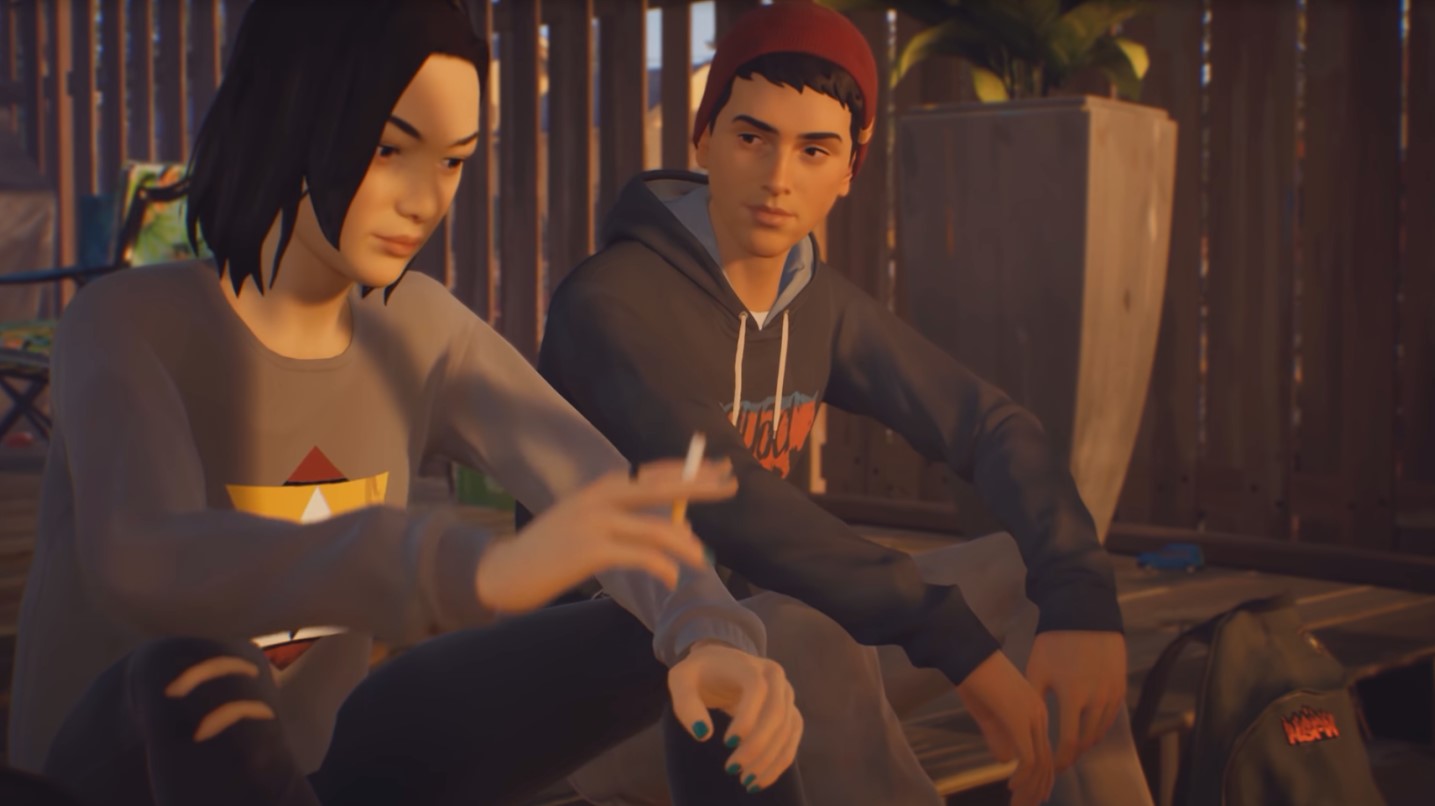
A young person in search of identity who lives together with his coiled father and curious and imaginative brother, Daniel Díaz, only 9 years old. An unforeseen event strikes the lives of the brothers, who must flee without looking back to find themselves. The confrontation of a journey of no return to their hometown, Ciudad de Lobos (Mexico), forces them to abandon their lives in Seattle, meeting numerous characters along the way that will push the brothers' relationship to the limit as they embark on a race for survival and existential rediscovery.
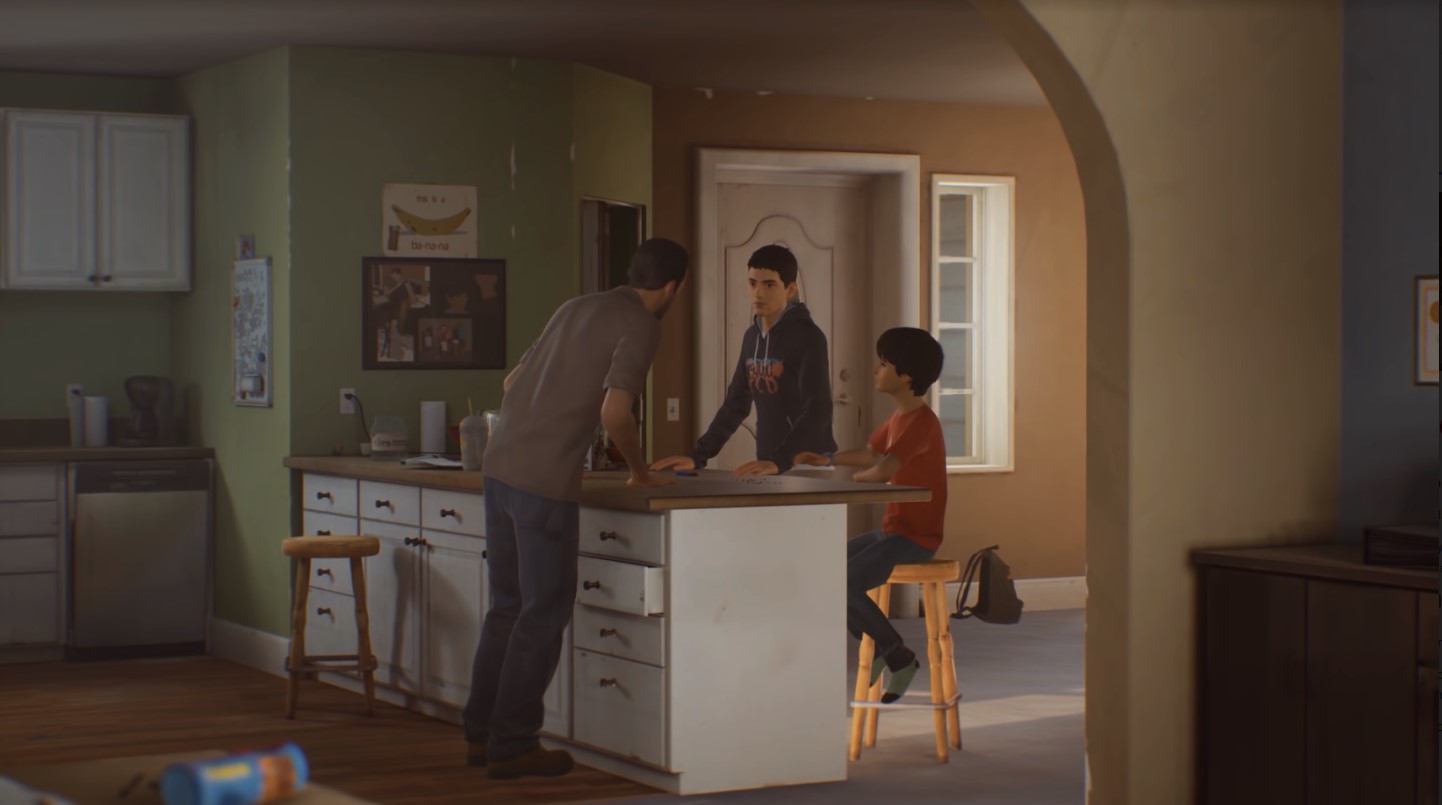
Serialized structure, choices that condition consequences
The structure of the game adopts the serialized format, being 5 clearly differentiated chapters by location and stories, with each chapter lasting an estimated 3 to 4 hours approximately. All 5 chapters are currently available for purchase, so the wait between releases is over to bring to light one of the best works of the French studio, distributed by Square Enix. The narrative absorbs the graphic adventure genre in the purest walking simulator style to emphasize the exploration of a world full of details, notes, objects, posters and elements with decisive information to understand the lives of the protagonists
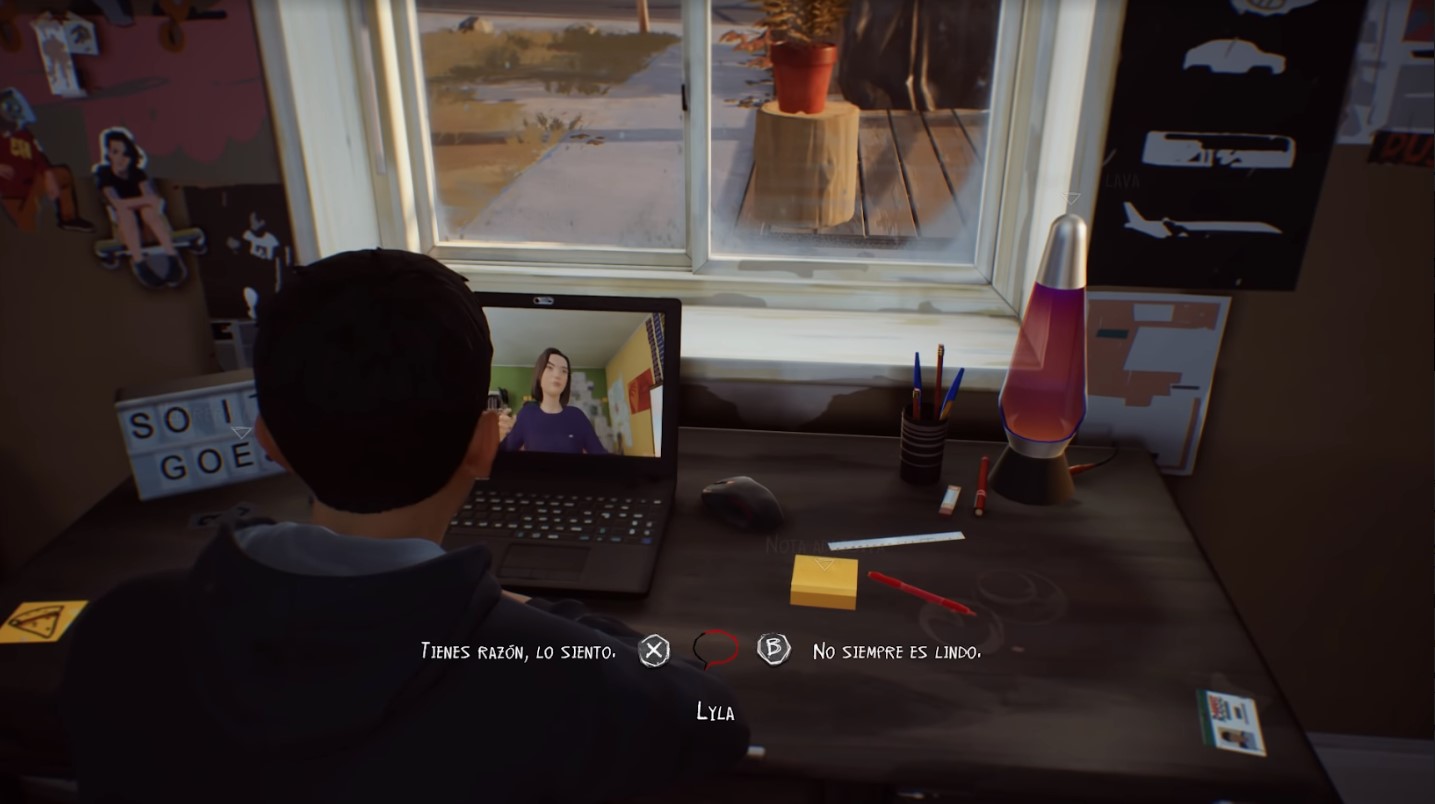
The main mechanics are to offer different options for approaching an action or conversation, the game is a game in which we have to decide between minor issues that determine our progress to a lesser extent, and more important choices, which determine the future of the protagonists. These choices are highlighted with respect to the others, splitting the screen in two parts with the options in black and white, and always mean going a step further in the accumulated dramatic tension as a response to the progress of the plot.
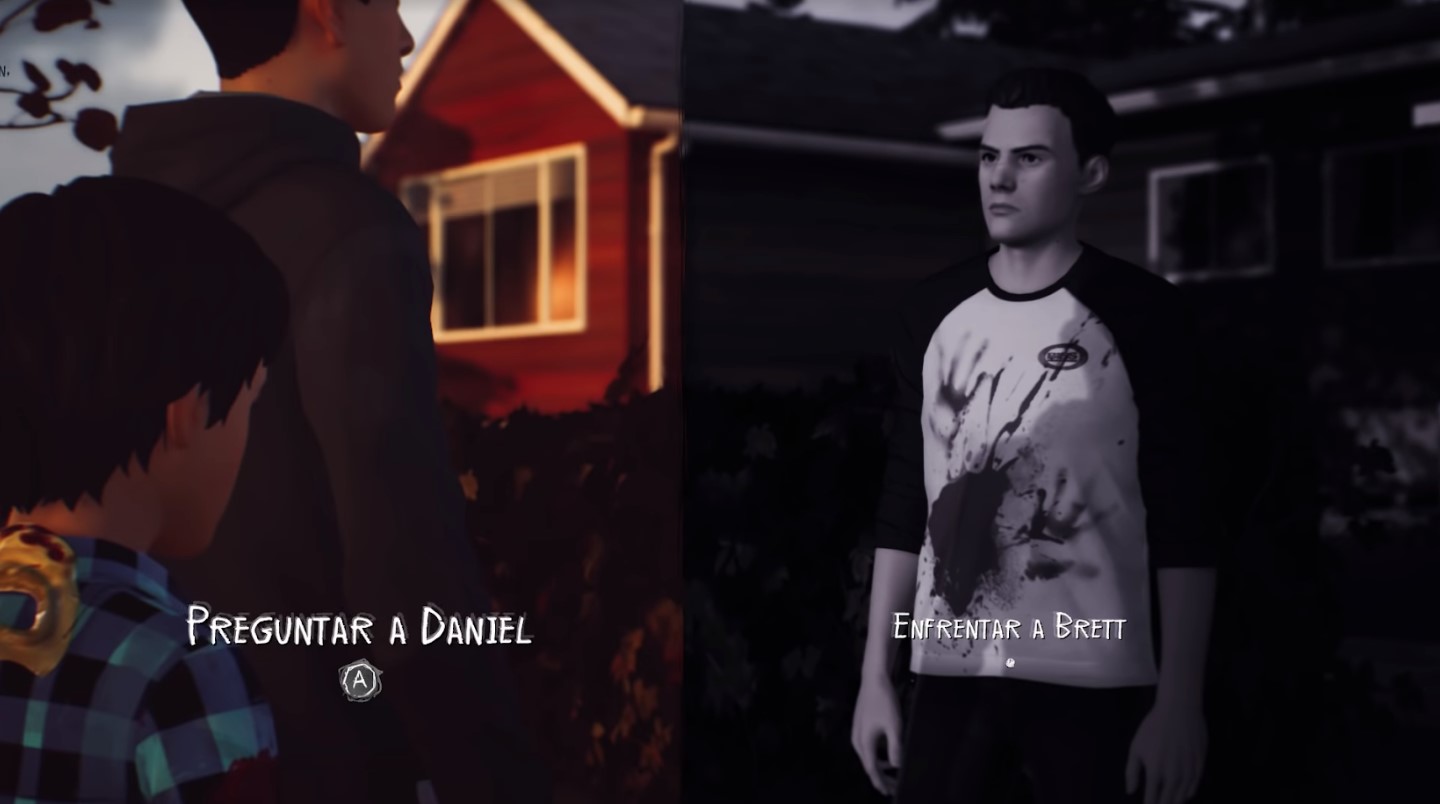
We will handle Sean Diaz, the older brother, visualizing the world from the third person. Regardless of whether we play with keyboard and mouse or gamepad, exploration allows us to approach a myriad of objects located in the scenarios through a roulette of four actions that are deployed by interacting with them. The possibilities will depend on the context and the possibilities of the object itself. If it is a newspaper, for example, we can only choose to read it. But if it is a more relevant object and we are accompanied by our sibling, we can inspect it, pick it up or comment it out loud with the person, for example. The same will happen with the great variety of secondary characters distributed in each chapter, who will offer conversations or actions depending on the context
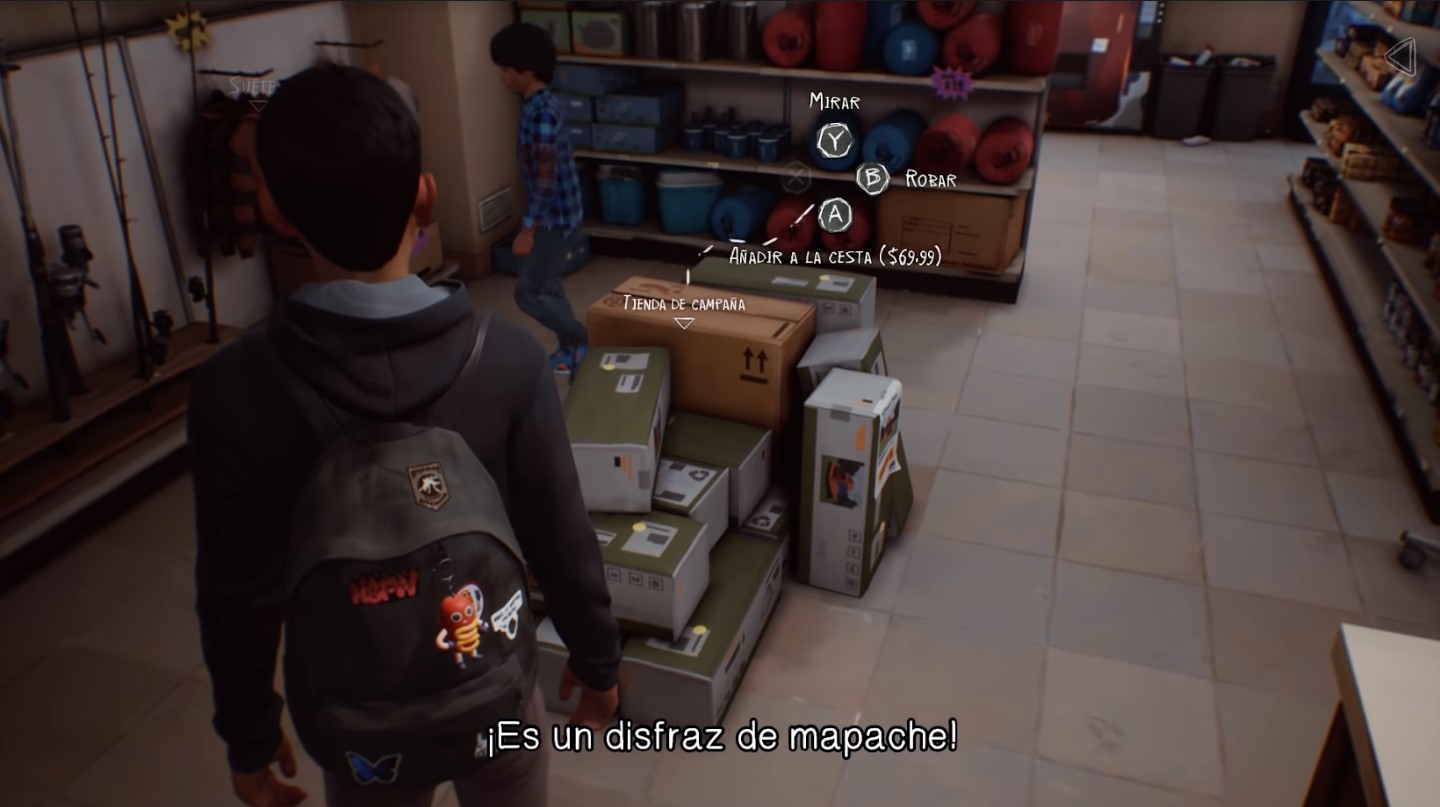
Each chapter opens and closes a specific story, the main plot, which, together with the common thread of the main plot, independently coheses characters that have a limited run in each chapter. That is to say, characters appear in each chapter to open and close a story with a conclusive denouement. One would expect that, having such a short journey in the adventure, they would be flat characters with nothing to contribute. But, fortunately, this is not the case; the characters have depth, respond to certain issues that the game deals with without any fear, and manage to create a certain impact on the viewer without the need to reiterate their appearance throughout the game. In this aspect, the French studio is always a guarantee of quality, and we can expect no less; the character construction and script power is just as rounded as in its previous installment.
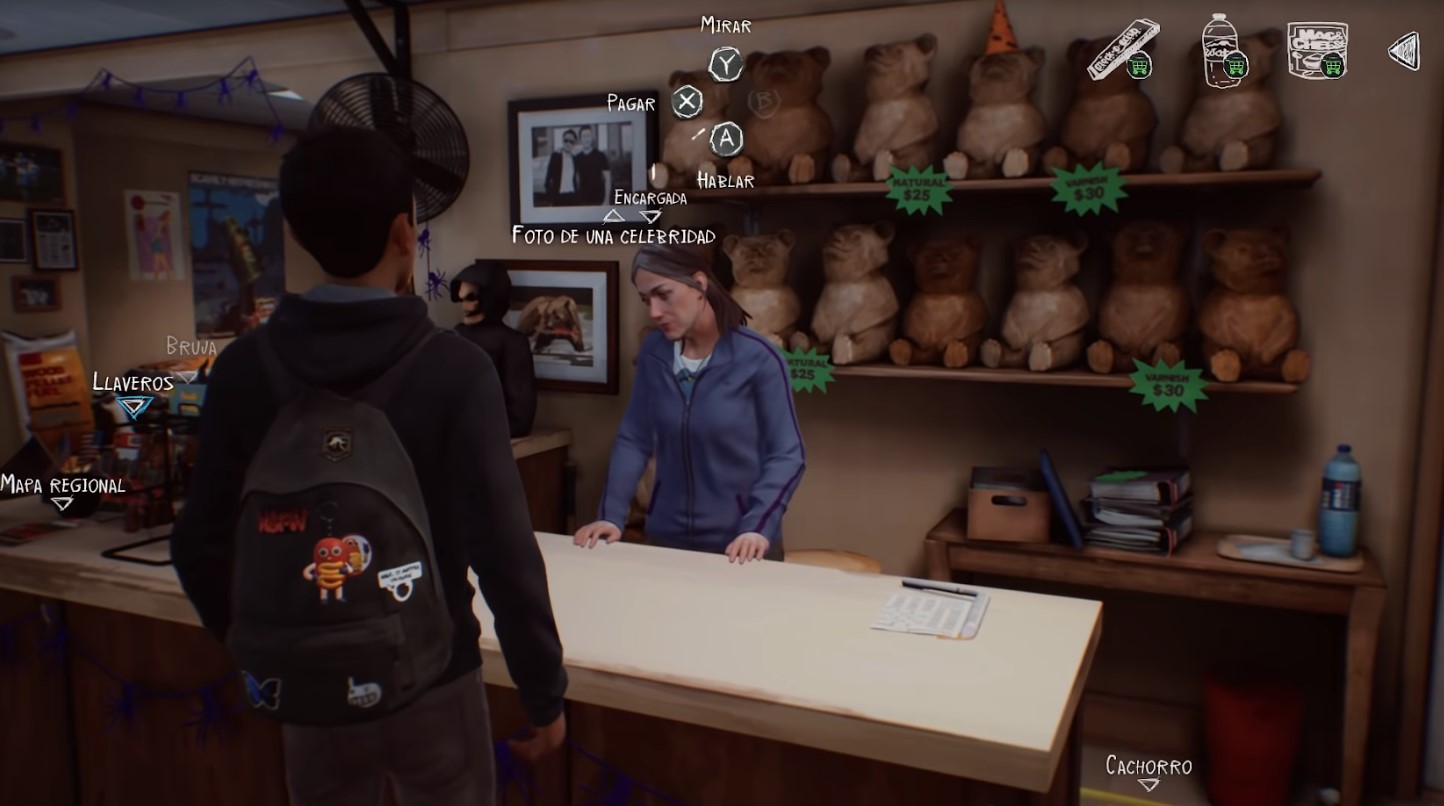
Interaction as storytelling, not as puzzle-solving
The exploration structure does not tend towards puzzle solving, the game is based on the cohesion of different scenarios where the game gathers the necessary elements for progress. These elements trigger memories, conversations and details that reveal the background of the characters. The game does not try to offer a challenge for the viewer where the player must tie up rooted ends, but offers interaction of objects that, in sum, will generate emotional experiences and decisive choices for the player
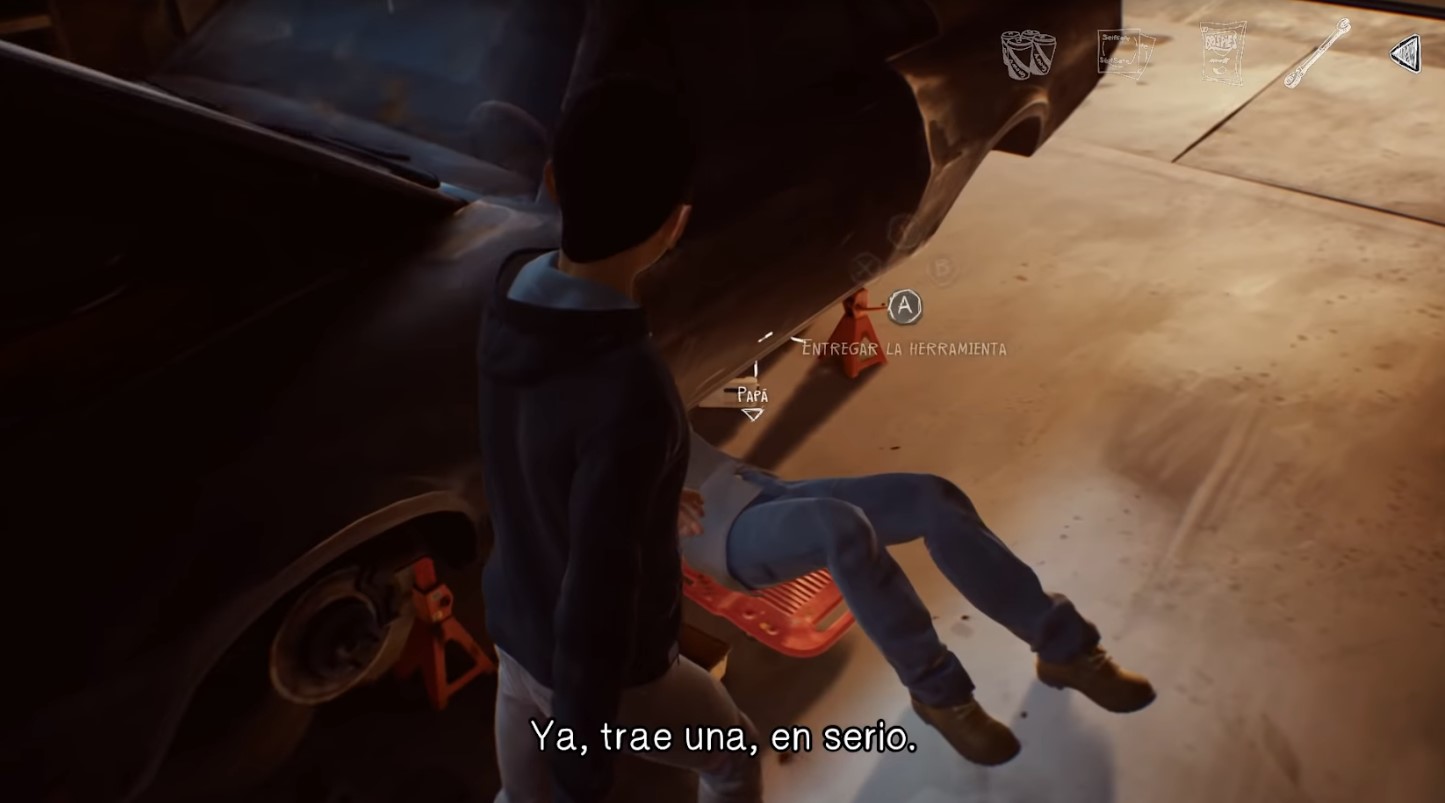
For example, in the first hours of the game, both brothers must spend the night in the forest. The purpose of the game is not for you to figure out how to find shelter (you gather food and materials to create the campfire in the environment without any problem), but to progress to making that campfire in the middle of the night a situation in which to discover your little brother's emotions. He does not understand why he is there, far from home, and it is up to us to tell him the truth or divert the conversation to hide the information. Exploration seeks spaces for connection, not resolution spaces. An ingenious way to keep the viewer active to rest a scenography that tries to reveal past and present in every corner of the universe recreated by Dontnot.
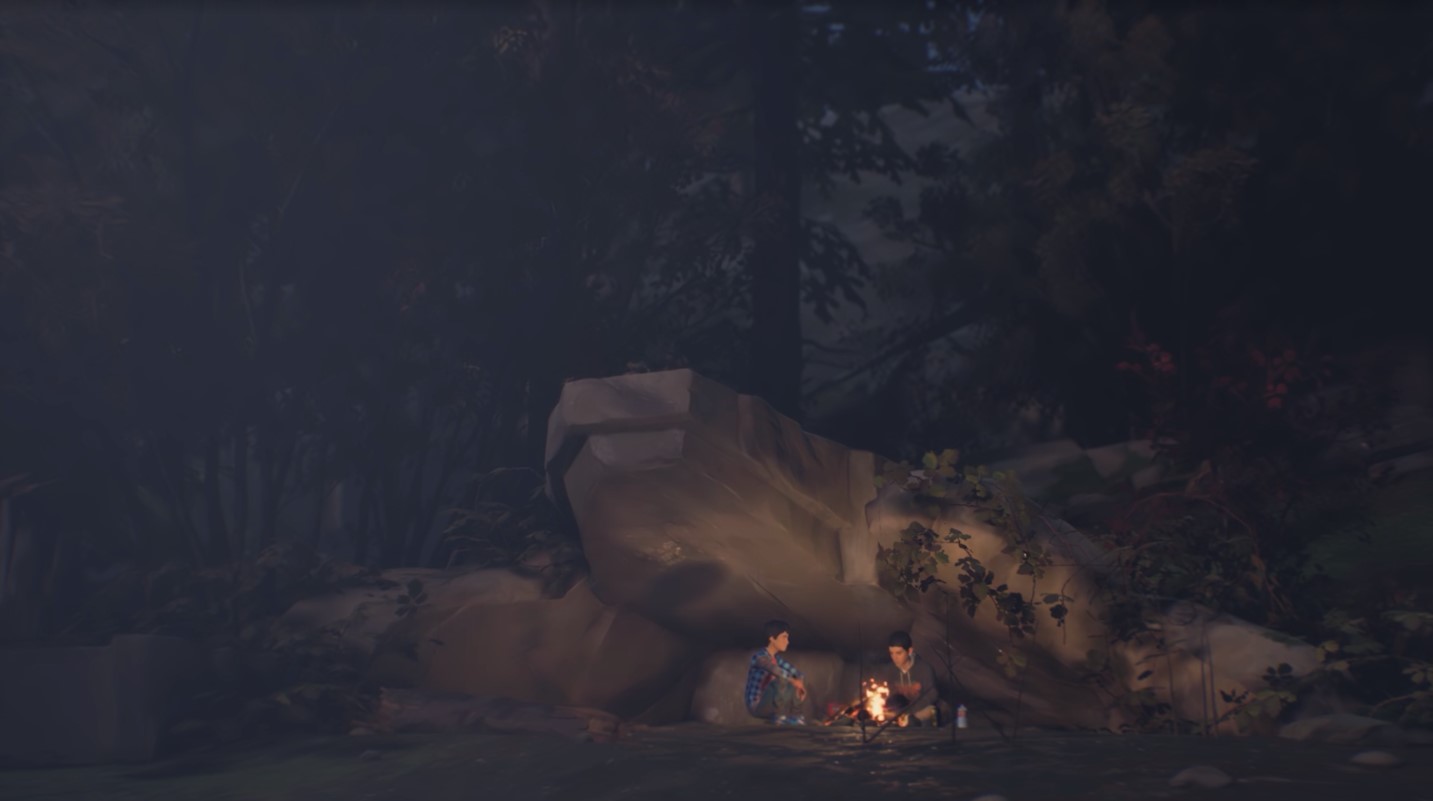
A close relationship that can change everything
The adventure develops a continued relationship between siblings, the moral tension and relaxation of our younger brother, which falls on two key aspects: protect the innocence of our younger brother so that the conflicts do not take to the limit a child unable to understand the world around him because of his obvious immaturity, or gradually harden the brother to the situations posed by the adventure so that the truth ends up being less harsh. But we will not only have to take into account this tension and moral distension as an older brother; the small surreal factor also determines Life is Strange 2
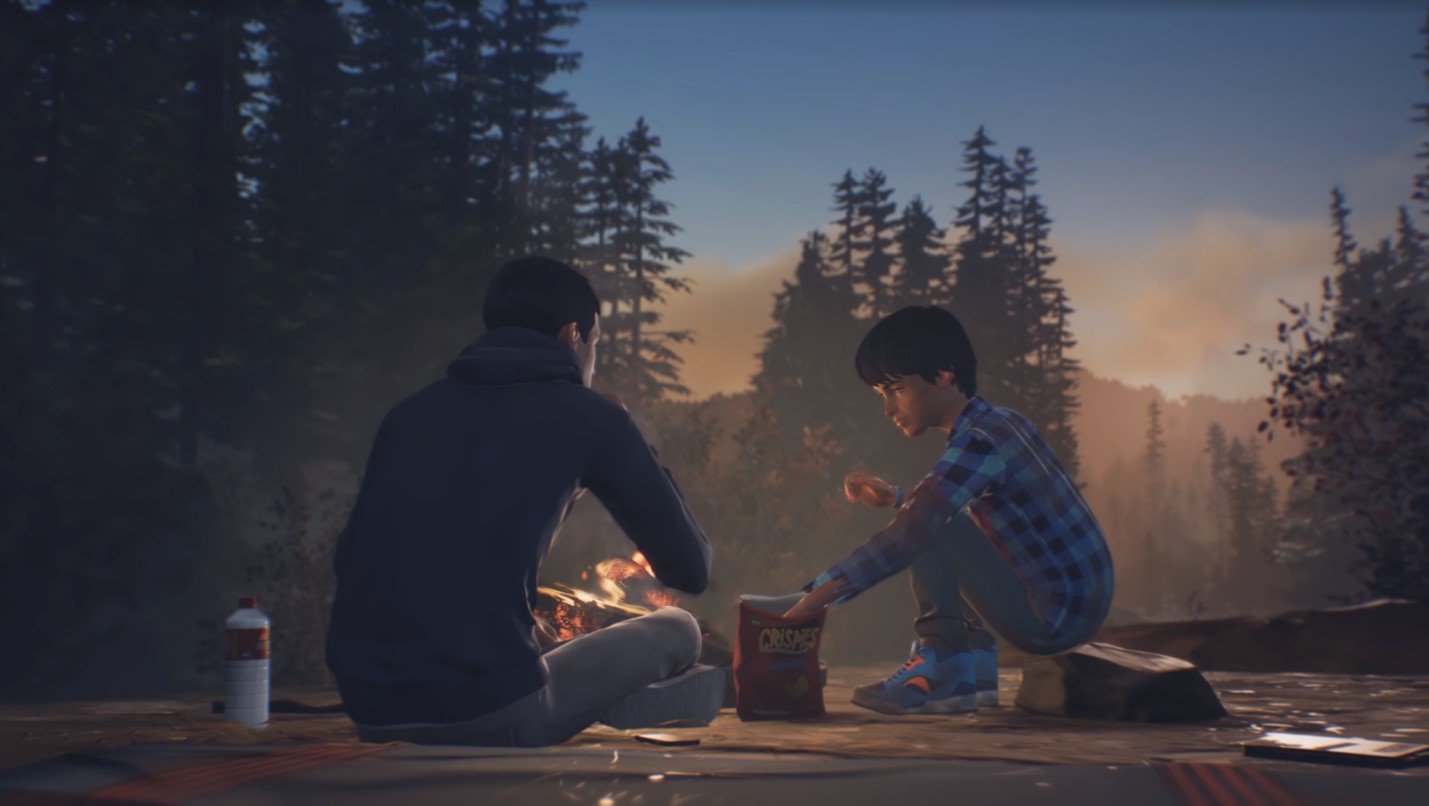
Brother minor has the power of telekinesis, that is to say, to move objects with the mind. The truth, ignorance, immaturity, curiosity, emotional instability of a 9 year old, the conflicts of racism, survival, the abstract imagination of a child... Details that will mark the personality of a telekinetic time bomb exposed to an adventure that will take to the limit the innocence of a child that can turn into the worst of situations. And this is the big difference with respect to Life Is Strange, here we are not the ones who make use of the power we carry, but our decisions will be the ones that will expose our brother and consolidate the personality that will determine his response in each situation (and the power that comes with it). And the instability of a child is unable to control such power, so we will have to decide well so that dramatic conflicts do not end in more misfortunes.
For example, at a certain point in the forest (beginning of the game), a log forces us to pass over it. We, without any problem, jump over the log and move forward. Daniel stands still asking for help, since he does not quite reach the height of the trunk. In our case, we continued advancing without noticing; the game, seeing that we did not interact, assumed that we chose to let the brother face it alone. So he tried to jump over it, but tripped and fell, hurting himself. This small, organically integrated situation offers a slight decision in the viewer, but it affects the characters, as, the brother, getting hurt, gets angry and sits on the ground. As we approach, he begins to ask again why we are away from home and pleads that he wants to go back to dad, that he doesn't want to be in that place
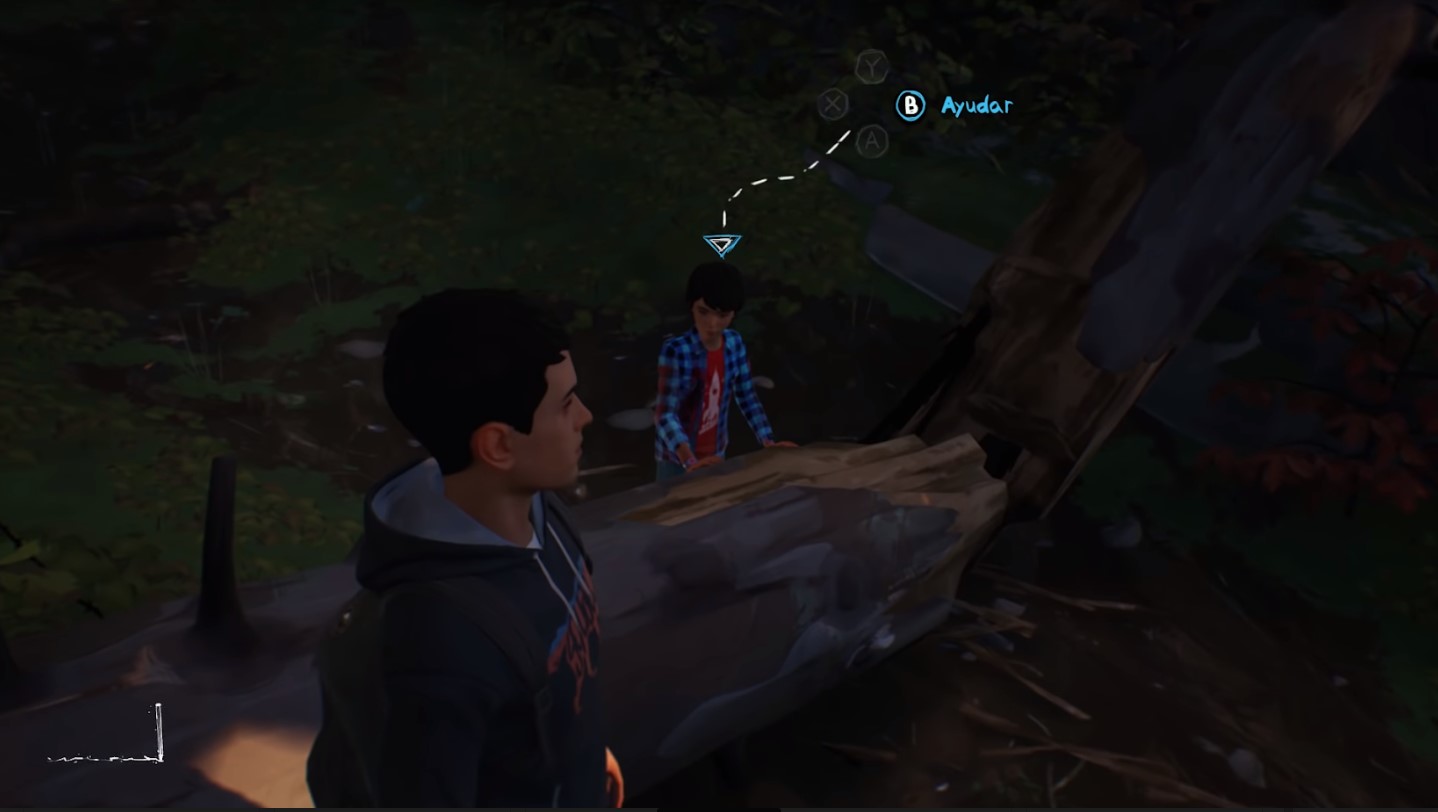
If we had chosen to help him, we would surely have been spared the discussion, and no unnecessary conversation would have made the child more emotionally unstable. But as bystanders, we could not anticipate. This is the in Life Is Strange 2, the continuous decision, both small and important, will determine the maturity and unstable immaturity of a child with telekinesis that can blow up any object, person or animal. A responsibility as players that does not depend directly on our choice, since in the first part we could go back in time and see both results, but we were always aware that we were answering for us.
Distinctive details for a perfectionist recreation
Beyond the good choice and recreation of the locations spread throughout the 5 chapters, the game offers striking points in terms of artistic direction that deserve to be highlighted. Repeating this pattern, as in the case of Life Is Strange, the game has integrated turning points in each scenario as seats, in which Sean Diaz (and his brother) can sit down. Once we sit down, the perspective changes, and the game activates a cinematic mode in which different frames and shots alternate. Meanwhile, the voice-over of the older brother reviews the dramatic concerns, recalls family memories, questions about his brother ... A moment in which all ideas flow in line with the environment, in addition to different well-chosen shots that accompany a nostalgic music to recreate the introspection of the character.
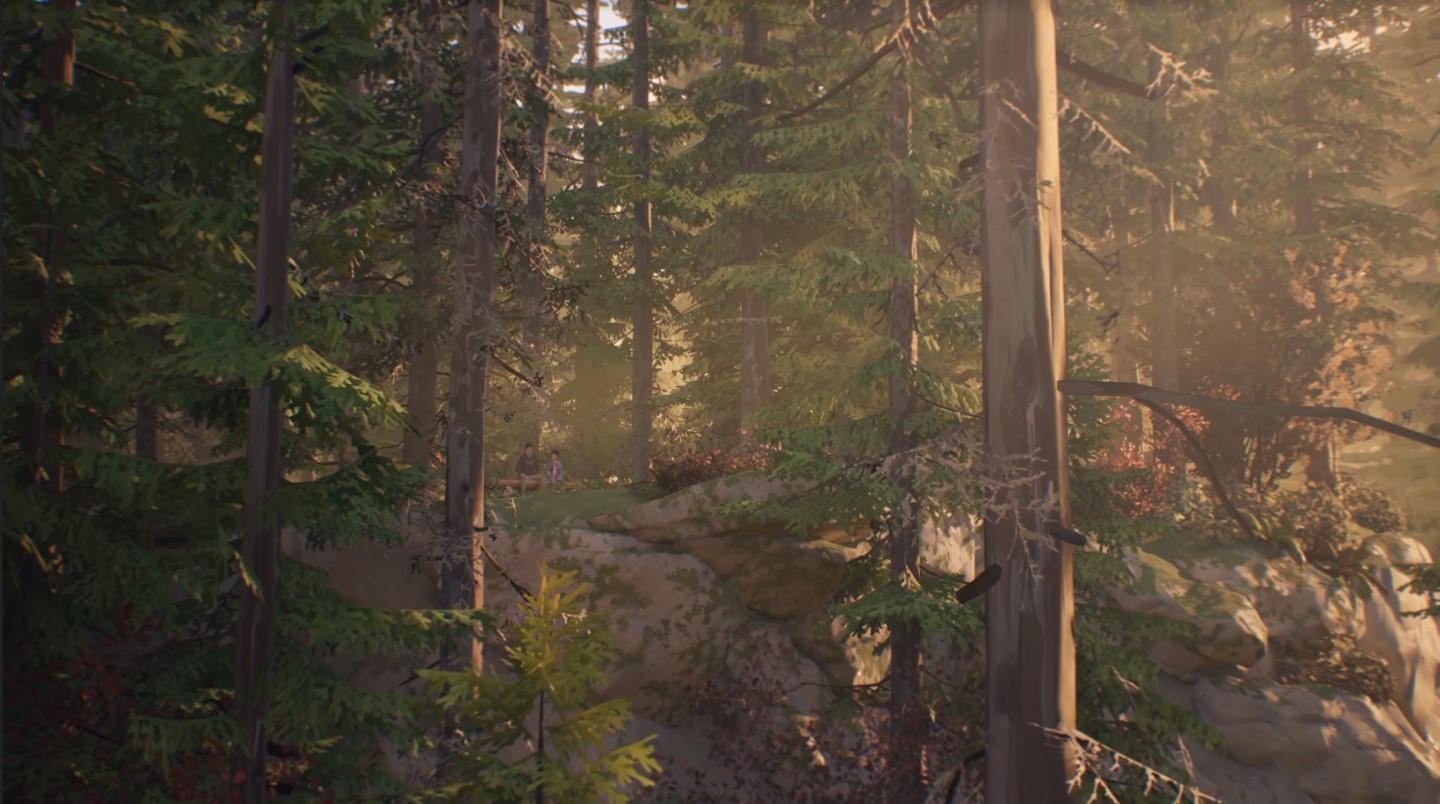
Sean, the older brother, has a talent for drawing, and tries to capture all his emotions, thoughts and even environments in his notebook. The game introduces this hobby as a mechanic; different drawing phases to stage a pen drawing in our notebook. With a button pressed, Sean will fix the view on the stage while zooming in. Then, we will move the view through the notebook to draw the different stages: sketching lines, depth of objects and details. It is not a resource that we can manage whenever we want, since the game offers specific points where to draw the scenery.
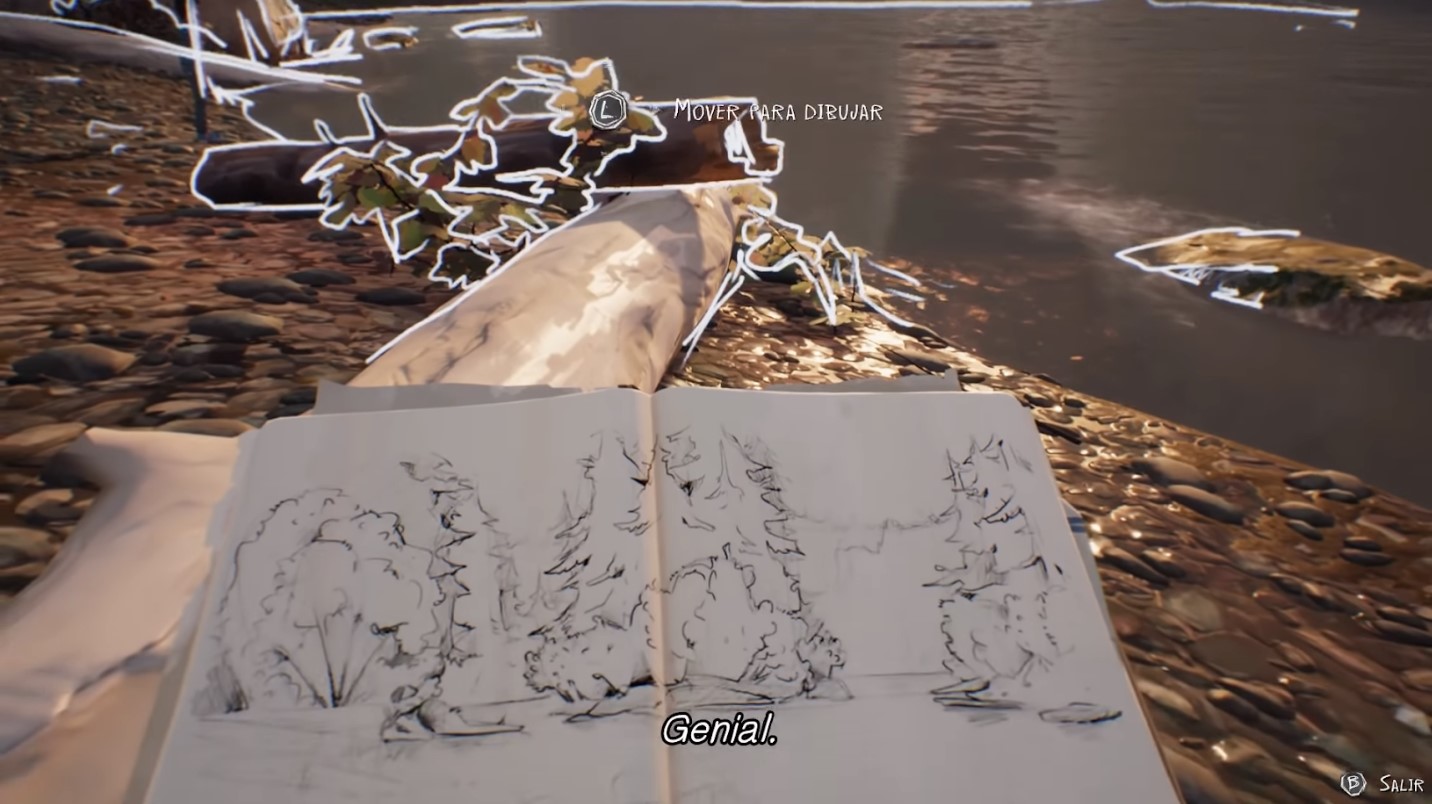
It is also important to highlight the use of the backpack, where we will find 5 sections with different purposes; inventory, mobile, sketchbook-diary, map and collectibles. In the inventory we can make a review of all relevant objects found in our path, being more an informational display of our memories in the form of precious objects than an inventory where to manage and combine objects. We will also find a list of objectives to fulfill, as a fixed reference to avoid getting lost, although the game gives little room to get lost given its linearity
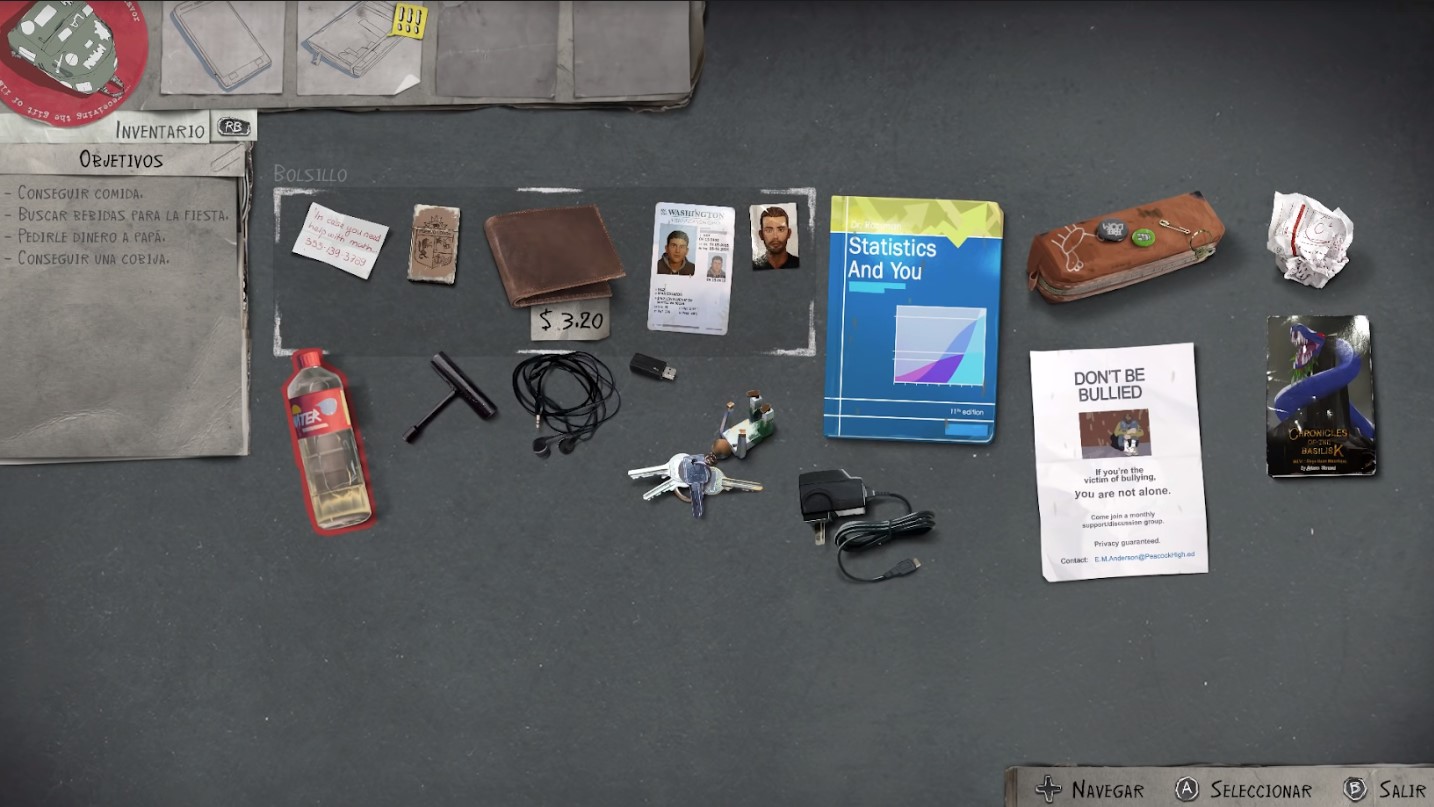
Also there will be some economic management, the game has a limited amount of money and we will have to choose well when it comes to managing it. If the objective and the context gives rise to collect several objects, we can make use of a shortcut to visualize the objects collected so far. For example, walking through the forest, we arrive at a gas station; there is a game machine, goods and food. The brother will see the machine and will want to play, in our hand will be to save the money or make the brother happy, as well as choose more or less food when paying at the cashier.
The mobile adds a communication layer important in the game. As a player, we will not have the option to compose the messages, but we will be part of the incoming messages as we progress, as well as Sean's answers. In this way, we will have conversations with the most intimate people we had to leave and we will be able to contextualize many emotional ties with inaccessible characters.
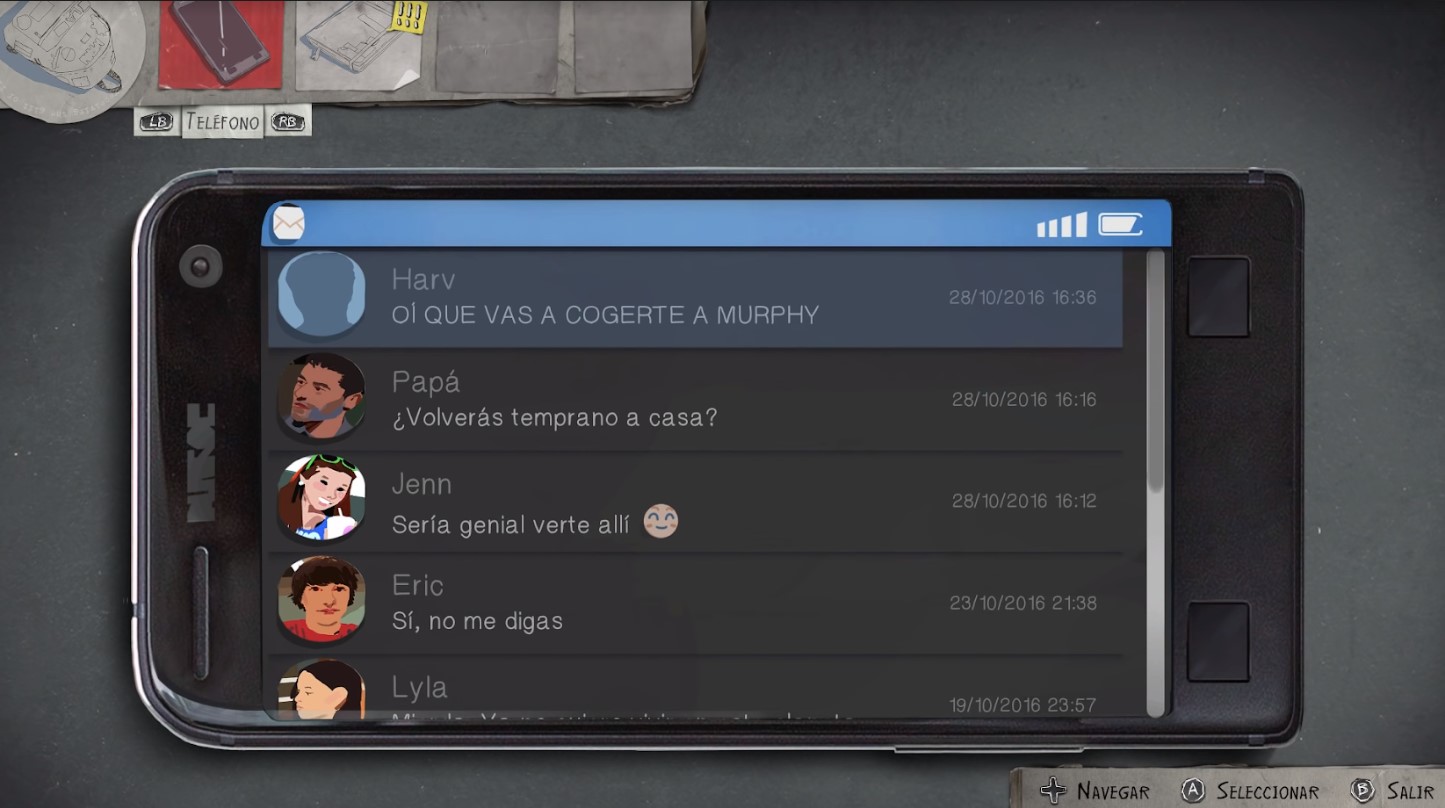
The sketchbook-diary compiles Sean's thoughts and experiences with sketches and illustrations; relationships with people, good moments, family bonds, anecdotes, etc. An illustrated diary that will collect the thoughts that we accumulate throughout the adventure. In it we will find the complete compilation of drawn moments, a division of memories illustrated by intimate characters, and, at the end, the drawings of the locations (drawing mechanics). Another section is the map, a simple history to reference our steps and the route that we will leave behind throughout the story. Finally, a kind of collectibles in the form of stickers that we can manage to decorate our backpack
Brilliant artistic direction, rounded conclusion that speaks for itself
It is still latent the construction of a precious artistic section that manages to shine above the technical section. It shines for using a style that blends watercolor finishes and 3D modeling with elegant use of lightingThe natural environments feel alive, the landscapes and hidden places constantly embrace a viewer who will feel that loneliness will always be strongly stylized in the face of such a visually and narratively rounded finish.
The the technical section is not particularly state-of-the-art, and it's not something we need or miss. The realism and texture definition is a step behind, also the gesticulation in terms of facial expression, but the amount of elements to interact with, the narrative depth, the organic actions themselves, the bravery in portraying themes that video games as a work seem to evade, the management of lighting, the portrayal of one of the best emotional bonds to date, the diversity of scenarios, a more than competent duration that know how to measure time, and the construction of unforgettable characters make Life Is Strange 2 a game that reveals touch and feel as no other work knows how to do
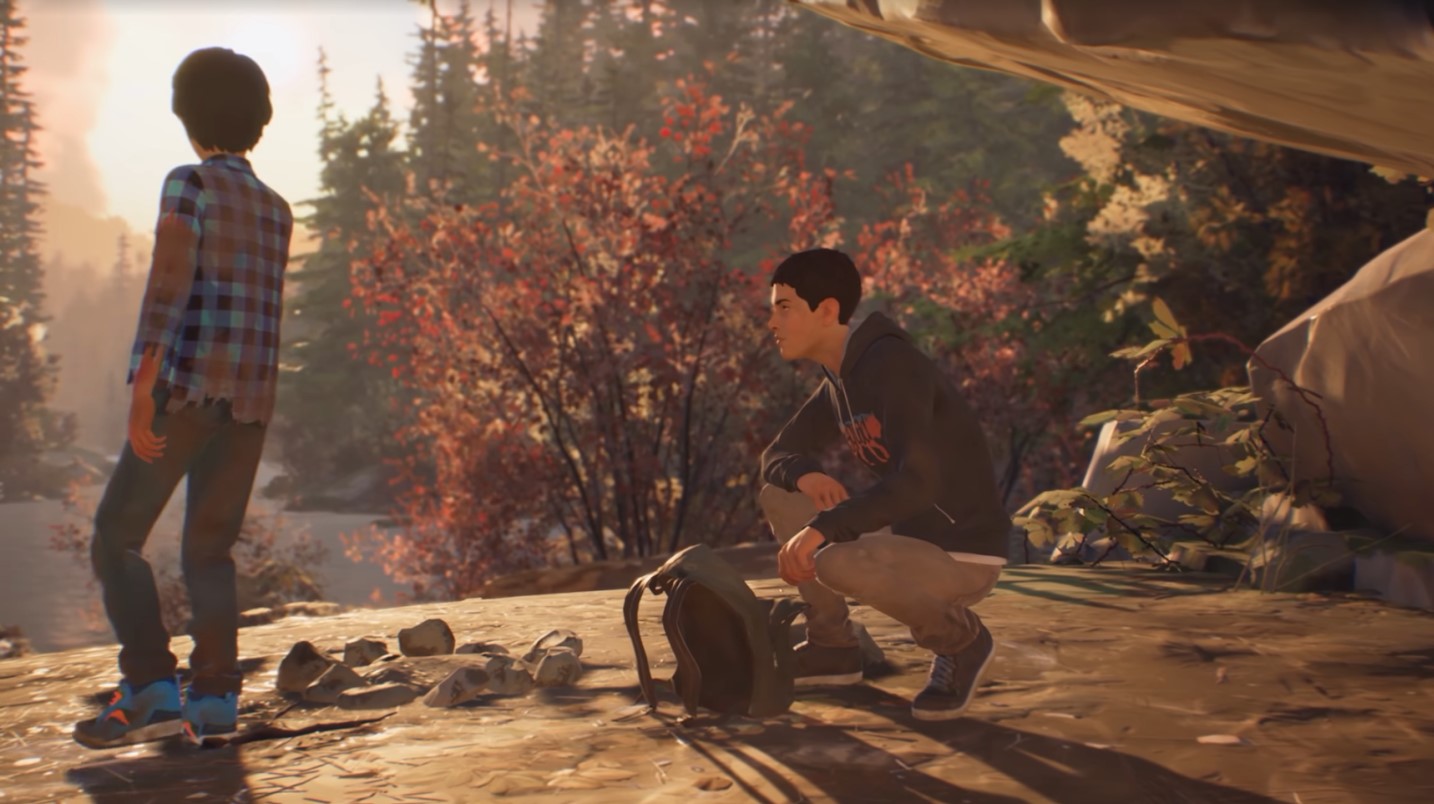
Before ending, we recommend that you first play the independent spin-off (same universe, different characters), a sort of totally free standalone game that emerged as a parallel idea to the development of the game. The game has no direct relation, but there is a scene that we will understand better and enjoy more if we have lived this spin-off. In the same way, the second installment is enjoyable independently of its previous part. Dontnot Entertainment plays the role of Life Is Strange 2 a contemporary example of adventure game linked to walking simulator. A narrative bet that has little to envy to the triple A budget; it wants to thrill, to portray without fear or cowardice a captivating story... A work that is not afraid to undress to dazzle with its own merits.
The Best
- Video game that adds up as a work of art for its cultural portrait and risky ideas
- Excellent localization and translation into Spanish
- Adventure well above the genre average
- Ideal soundtrack and sound design
- Use of emotions as few studies know how to do
- A long duration that knows how to pace itself
- Use of bright lighting
- Infinite number of elements to interact with
- Secondary characters to match
- Decisions involving real consequences
- Elaborate work on scenography, locations and recreation of environments
The Worst
- Facial expressiveness could be improved
- The episodic release has overshadowed the play
This review was made possible thanks to a PC download code provided by Koch Media.





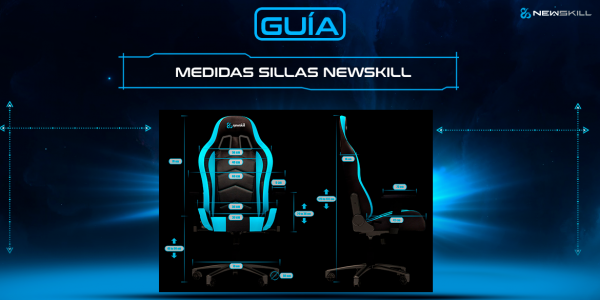
Comments (0)